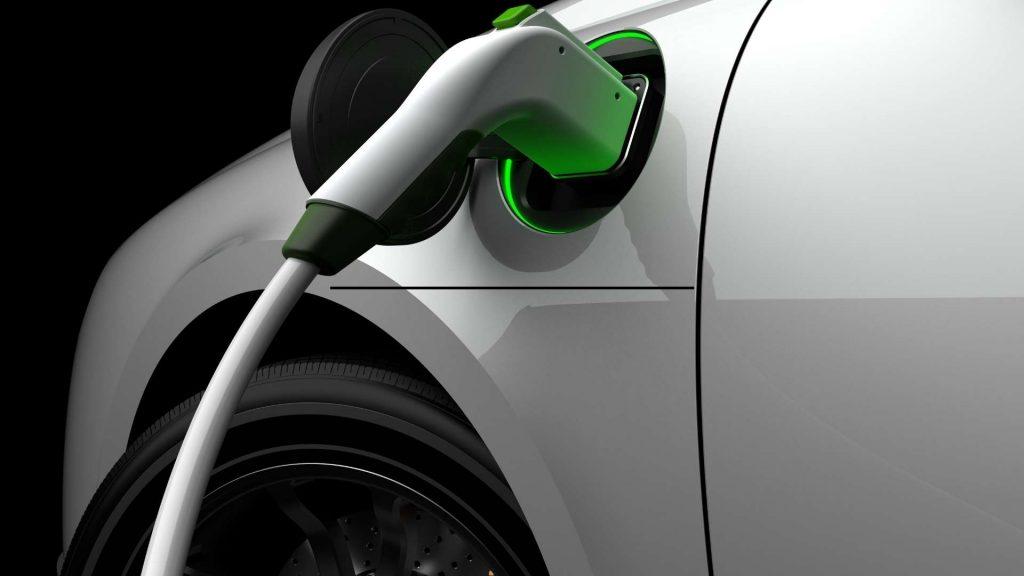Part S building regulations for electric vehicles
New Part S building regulations for electric vehicles are set to come into effect on 15th June 2022. These regulations aim to future-proof buildings and infrastructure, ensuring that they are ready for the EV market. They will require that new buildings and major renovations have at least one EV charging point, providing at least seven kW of untethered power to a vehicle. This will increase the cost of developing a project.

New Regulation 2(5) of the Building Regulations 2010 inserts a new Part S into Schedule 1. This Part covers charging points for electric vehicles and their cabling. It applies to new residential buildings and to those undergoing a significant renovation. Part S amends regulation 8(1)(a) of the Building (Approved Inspectors etc.) Regulations 2010 to require approved inspectors to check compliance with the new regulations 44D to 44J.
Impact on the construction industry
The new building regulation, Part S, will come into force in June 2022 and will require charge points for electric vehicles. All new builds and changes of use will require these facilities, and the regulations will apply to all types of buildings.
To comply, buildings must have at least one charge point that can provide at least seven kW of power to an untethered charger. The regulations will increase the costs of developing projects, but will help EVs become a viable part of our future.
Impact on energy efficiency
In recent years, government policy has been focused on reducing the carbon footprint of buildings and promoting energy-efficient technologies, including electric vehicles. This has included tighter fuel economy standards and reduced tailpipe CO2 emissions. Currently, more than 85% of new vehicle sales in the European Union are subject to fuel-efficiency standards. In addition, carbon-emission standards have helped drive the adoption of EVs, with a target of 2.1 million by 2020 in the EU. Increasingly, some jurisdictions have implemented mandatory targets for EV sales.
Buildings that are undergoing a major renovation, such as a large home conversion into flats, must install an electric vehicle charging point in their associated parking spaces. However, this requirement does not apply to individual renovators or home extension projects. If a building has more than 10 dwellings, at least one associated parking space should be wired for an electric car charging point. The building must also have cable routes to connect to additional associated parking spaces.
Impact on public chargers
While fast charging and high-speed DC fast-charging stations will reduce EV range anxiety, they are not yet economically viable for most commercial properties. In addition, the capital costs of such a retrofit can be five times as much as putting in chargers during the initial construction phase. Building owners should consider integrating charging capacity into their capital planning process and plan accordingly. Investing in such infrastructure now could save them money down the road.

While governments have responded to public demand by subsidising the building infrastructure required to charge electric vehicles, they have not planned for market growth. Instead, they have left the market to decide where to install charging stations, which has often resulted in chaotic results. The German government’s program, which launched various subsidies to develop charging infrastructure, was an example of this, but failed to establish adequate requirements and guidelines for public chargers.




